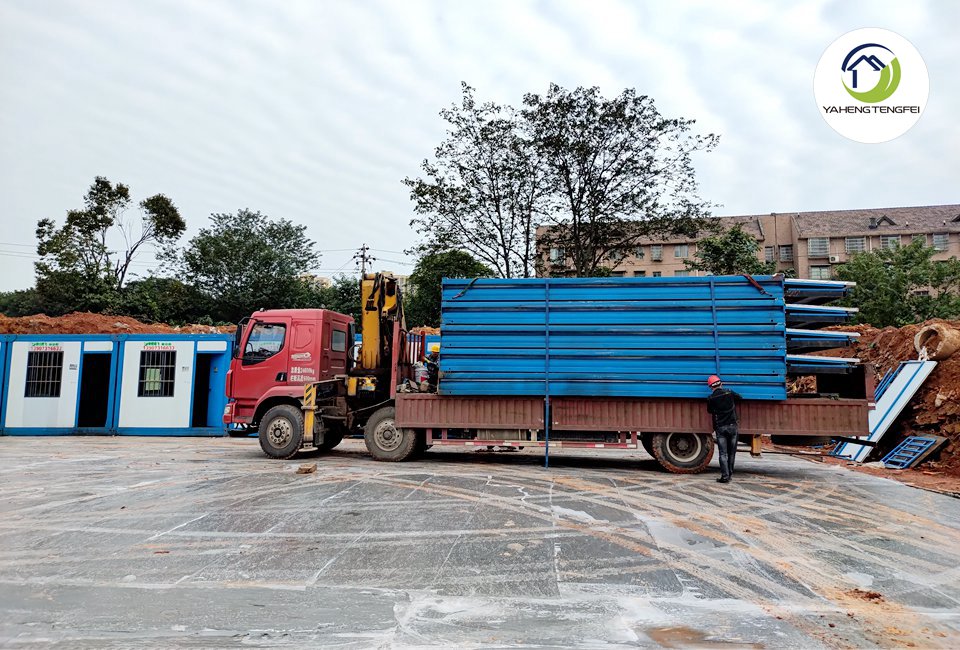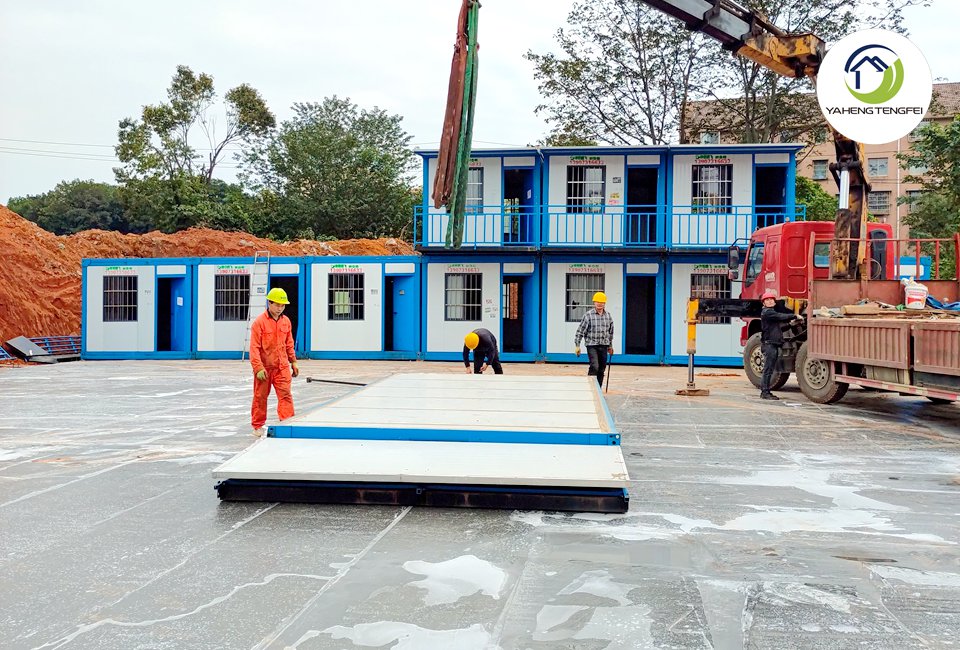
Ensure Protective Measures During Transport
During the transportation of mobile folding container houses, it is susceptible to scratches from obstacles, potentially damaging the protective layer on the surface and thereby reducing the overall lifespan. Therefore, effective protective measures should be taken to avoid obstacles during transportation.
Avoid Arbitrary Layout Changes
After purchasing a folding container house, professional installation personnel follow precise product design layouts during installation. Users should refrain from making arbitrary layout changes after installation, avoiding disassembly of any bolt components, and especially not adding or removing partition walls. If modifications are necessary, it is advisable to consult the manufacturer before proceeding.

Avoid DIY Painting and Rust Removal
Folding container houses are primarily composed of light steel frames and sandwich panels, and over time, issues such as paint peeling and rust may occur. In such cases, users should contact the manufacturer for rust removal and repainting, avoiding DIY attempts. Additionally, applying protective paint every 1-2 years helps maintain a vibrant appearance and extends the lifespan.
Cut Power When Not in Use
The electrical requirements for folding container houses are not demanding, with a maximum indoor load of 4000W, allowing for the use of general electrical appliances. However, it is advisable to disconnect all power sources when leaving the folding container house to prevent the risk of fires.
Proper Sunshade and Rain Protection During Storage
When folding container houses are not in use or during storage, attention should be given to proper sunshade and rain protection. This helps reduce corrosion and rust, thereby prolonging the lifespan of the container house.